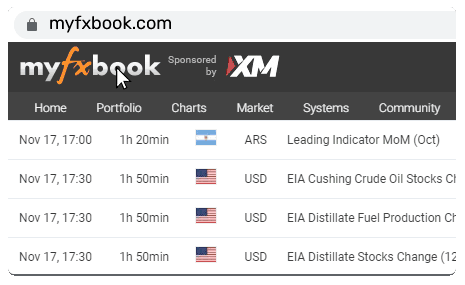- Accueil
- Communauté
- Général
- Moving Averages in Trading – The Dynamic Support &...
Moving Averages in Trading – The Dynamic Support & Resistance
Moving Averages in Trading – The Dynamic Support & Resistance
If Support & Resistance are the floors and ceilings of trading, then Moving Averages (MAs) are moving escalators ????????.They move with price, adjusting continuously to the state of the market. That's why traders like to refer to them as dynamic support and resistance.
What are Moving Averages?A Moving Average is just the average price over a specific period, marked on the chart. Some of the most commonly used ones:
SMA (Simple Moving Average) → smooth, steady, classic.
EMA (Exponential Moving Average) → responds quicker to price movements.
When price grazes or floats close to these averages, they tend to behave like ghostly barriers.
✅ The Positives
Excellent at picking up on trends (bullish or bearish).
Act as dynamic support & resistance.
Assist in filtering market "noise."
Extremely common, so they're self-fulfilling sometimes.
❌ The Negatives
Lagging indicator — always arrives late to the party.
Useless during ranging/choppy markets.
Different settings = different signals (subjectivity).
Can provide false hope in artificial bounces.
Utilizing Moving Averages
Direction of Trend → If price is higher than the MA, trend is bullish; if lower, bearish.
Dynamic Support & Resistance → During an uptrend, MAs tend to be a zone of bounce (support). During a downtrend, they may top price as resistance.
Crossovers → When a short-term MA (e.g., 20 EMA) crosses over a long-term MA (e.g., 50 EMA), it's usually a bullish signal ("Golden Cross"). The reverse is bearish ("Death Cross").
Filters → Apply MAs to prevent trading in the opposite direction of the major market trend — it serves to filter out noise.
"Moving averages are like your old GPS… they'll eventually get you there, but always a step behind!" ????
The Takeaway
Moving averages aren't crystal balls. They will never predict what the future holds, but they provide context: direction of trend, possible support/resistance, and smoother decision-making.
Use them wisely → blend with price action, volume, or other confirmations.Remember: MAs don't trade for you — they guide you.












